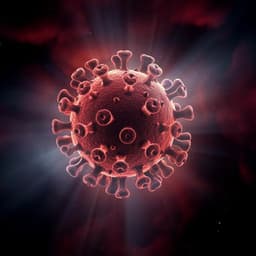
Medicine and Health
Developmental Exposure to Traffic-Related Air Pollution and Neuropathological Outcomes in Rats
Patten
This intriguing study by Patten, et al. examines how exposure to traffic-related air pollution during development impacts the brain's structure and function in rats. The research explores neuroinflammation, astrocyte behavior, and changes in hippocampal neurogenesis, shedding light on the potential consequences of environmental pollutants on neural health.
Playback language: English
Related Publications
Explore these studies to deepen your understanding of the subject.







